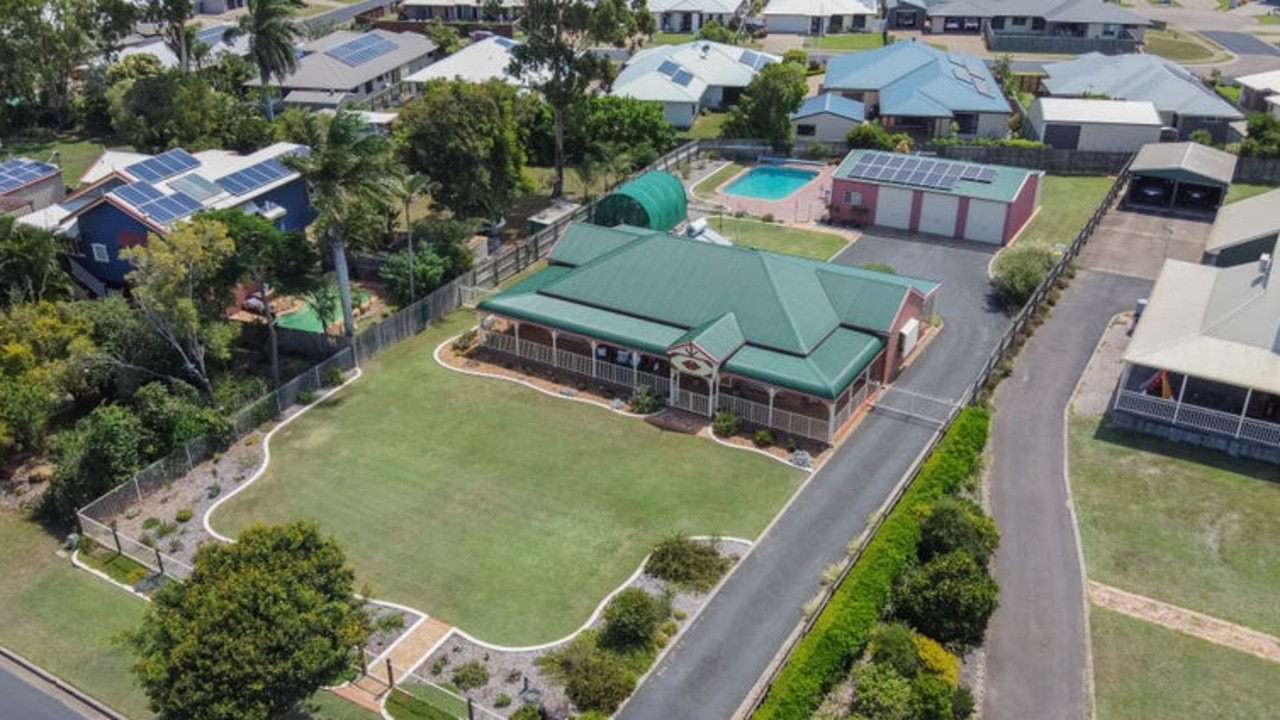Cyclone Seth causes beach erosion, egg loss at Mon Repos
Visitors and volunteers have rallied to help save the remainder of turtle eggs at Mon Repos after dozens of the iconic nests were destroyed.

Bundaberg
Don't miss out on the headlines from Bundaberg. Followed categories will be added to My News.
Three days of big tides coinciding with big swells across coastal areas such as Mon Repos has resulted in the loss of more than 120 turtle nests.
Cyclone Seth made its way across the eastern coast in early January, causing beach erosion which destroyed turtle nesting areas.
Mon Repos Turtle Research founder Dr Col Limpus has watched the area suffer a number of egg losses since the inception of the research centre, but didn’t expect a cyclone to appear so early in the year.
“We’re finding them when we go searching for a clutch that’s due to hatch and then see it’s in the area that got eroded away.
“That will happen over the next couple of months as we chase up some of the clutches that were being rescued where eggs were only being laid one or two days before the erosion.
“Whereas we’ve had others that were in the process of hatching, having being laid about two months before.
“Seth came early and it occurred at the beginning of January which is quite early for a cyclone, but it wasn’t particularly a severe cyclone, and it was close, about 500km out to the Tasman Sea.
“It coincided with the high spring tides that occur every fortnight, so we got erosion.”
When hearing of the dangers the eggs were in, volunteers and nearby visitors at a caravan park rallied together to help rescue the eggs to ensure they had an opportunity to hatch.
“We actually saw clutches being eroded and we had a marvellous group at the caravan park helping us and volunteers,” Mr Limpus said.
“We were able to rescue about a hundred clutches of eggs.
“We reburied them higher up the beach and some of those are hatching right now, so we know that we’ve not had a total loss, we’ve had a partial loss.”
Mr Limpus said the total number of lost clutches won’t be known until the end of the season.
While it’s a heartbreaking loss for the endangered loggerhead turtle’s continuous survival in our waters, Mr Limpus says it’s not a new phenomenon, with 82 per cent of eggs lost during Mon Repos’ earlier years.
“We get major cyclones that cause significant erosion of the front dunes every nine years or so,” he said.
“The beach then builds up over the following years.
“I can see lines on the dunes where I can say ‘ that was cyclone david back in 1976’ or ‘that was Cyclone Hamish in 2009’, so this is not a new phenomenon, this is something that happens and it depends on the severity of the cyclone.
“Cyclone David came in January in 1976 when we had the maximum number of clutches for the season; not many had hatched, so when we lost a major part of the beach, it meant we lost a huge proportion of the eggs,” he said.
“We lost 82 per cent of the eggs that season.
“If you’ve got long sandy beaches, you’ll get far more erosion compared to short sandy beaches among rocky headlands.”




